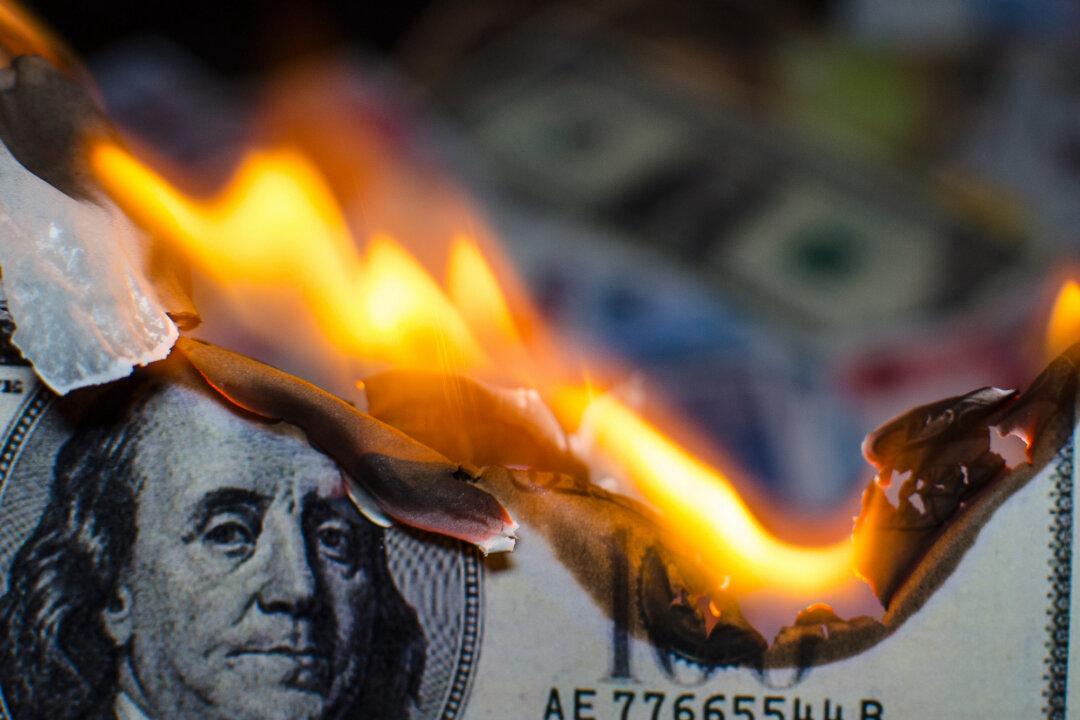Commentary
There is finally some chance for honesty now, after four years of gaslighting, especially when it comes to economic conditions. For all this time, we’ve heard from official spokespeople, agencies, and the national media that inflation is cooling, calming, disappearing, improving, you name the verb. It’s been anything but worsening, at least that’s what we’ve been told.





